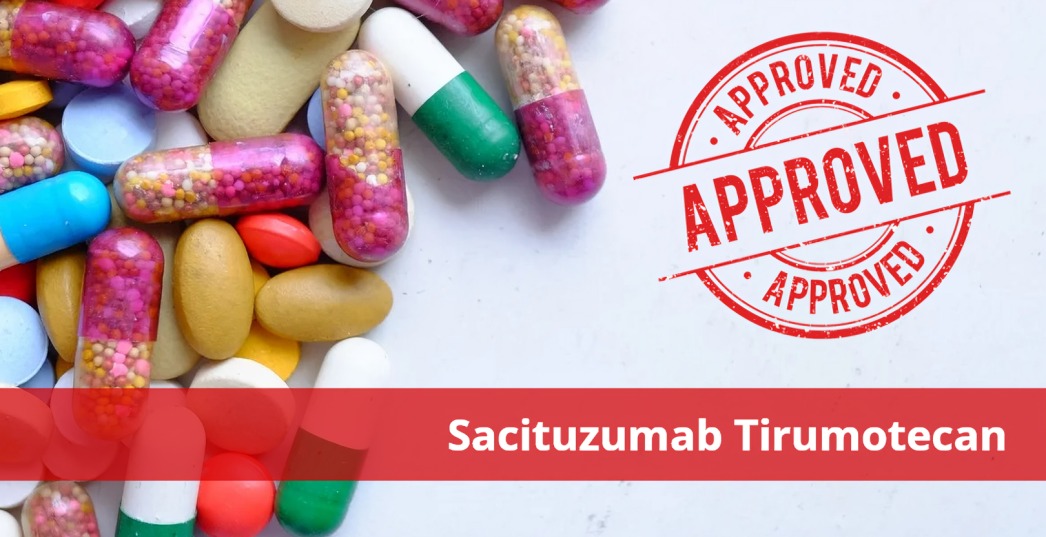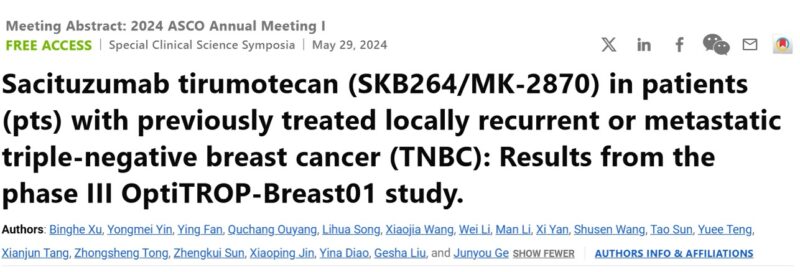The OptiTROP-Breast01 study was an open-label trial that enrolled patients with locally recurrent or metastatic triple-negative breast cancer (TNBC) whose disease had relapsed or become refractory after receiving two or more prior chemotherapy regimens for unresectable, locally advanced, or metastatic disease. Patients were permitted to have received taxanes at any stage, and one prior therapy in the neoadjuvant or adjuvant setting was allowed if disease progression occurred during or within 12 months after treatment.
Participants were randomly assigned in a 1:1 ratio to receive either intravenous sacituzumab govitecan at 5 mg/kg every two weeks or their physician’s choice of chemotherapy, including eribulin, capecitabine, gemcitabine, or vinorelbine. Patients were stratified by the number of prior therapies (2-3 vs. >3) and the presence of liver metastases (yes vs. no). Treatment continued until disease progression, unacceptable toxicity, or other reasons for discontinuation.
The primary endpoint of the study was progression-free survival (PFS) as assessed by blinded independent central review (BICR). Secondary endpoints included overall survival (OS), investigator-assessed PFS, overall response rate (ORR), duration of response (DOR), and safety.
Interim results from OptiTROP-Breast01 indicated that the median OS for patients in the sacituzumab govitecan arm had not yet been reached (95% CI, 11.2-not evaluable), while the chemotherapy arm showed a median OS of 9.4 months (95% CI, 8.5-11.7) (HR, 0.53; 95% CI, 0.36-0.78; P = .0005). The 12-month OS rates were 57.8% for sacituzumab govitecan versus 35.2% for chemotherapy. The ORRs were 45.4% and 12.0%, respectively, and the median DORs were 7.1 months for sacituzumab govitecan versus 3.0 months for chemotherapy (HR, 0.50; 95% CI, 0.22-1.13).
“We expect that [sacituzumab tirumotecan’s] excellent clinical efficacy and safety results will significantly enhance the clinical benefits and improve the quality of life of patients with advanced TNBC. In the future, we will continue to explore the clinical value of sacituzumab tirumotecan in other indications, maximize the market potential of sacituzumab tirumotecan, and satisfy the clinical needs of patients nationwide.” – Micheal Ge

